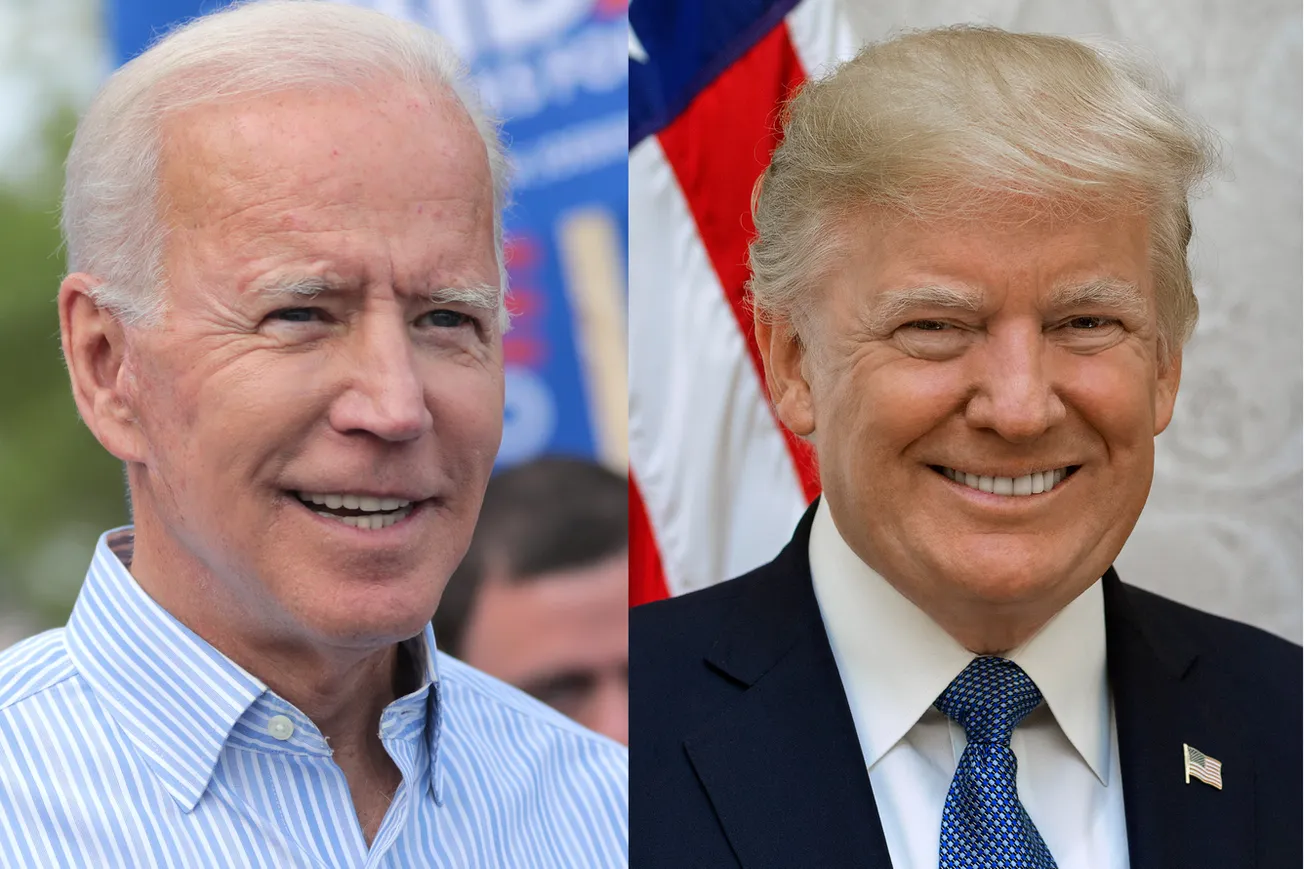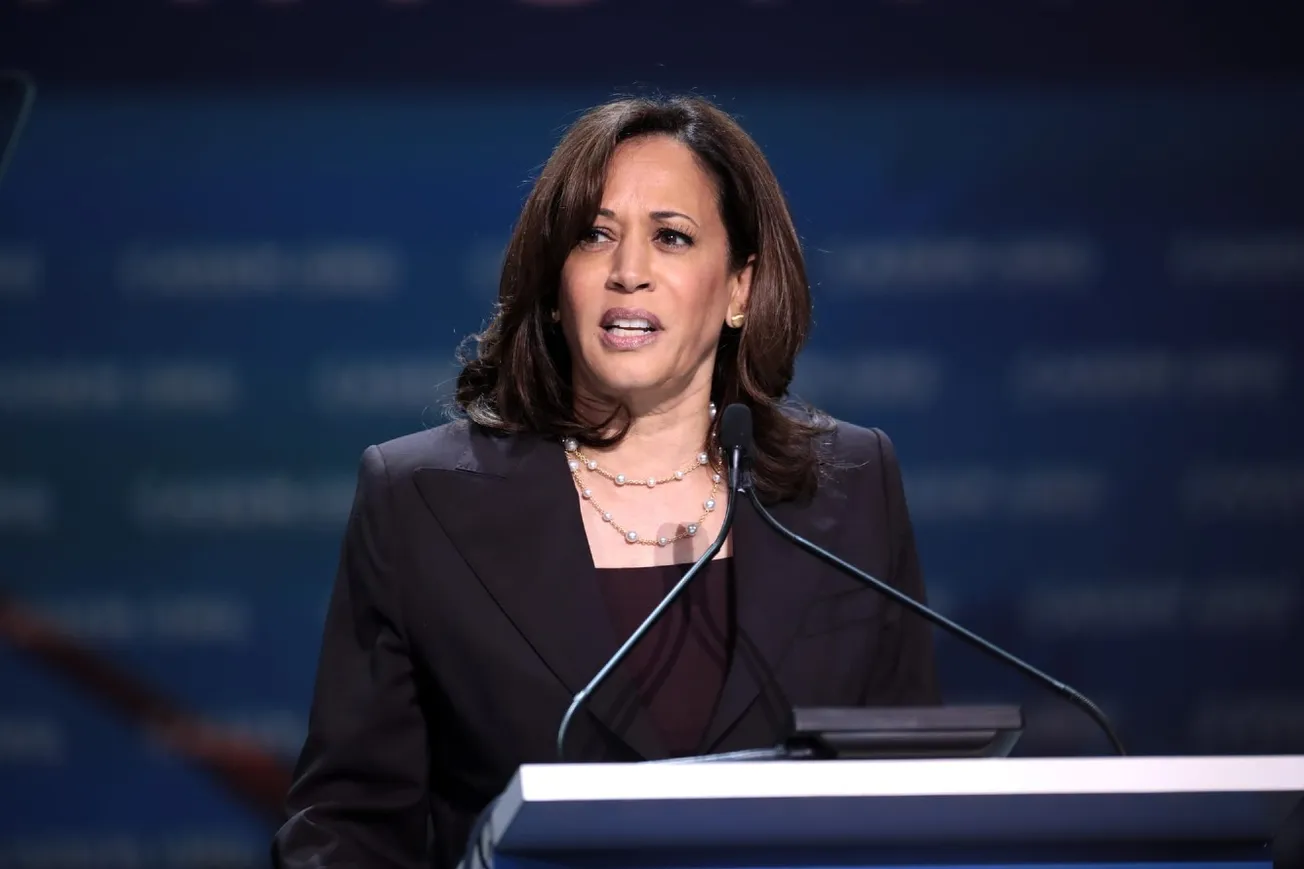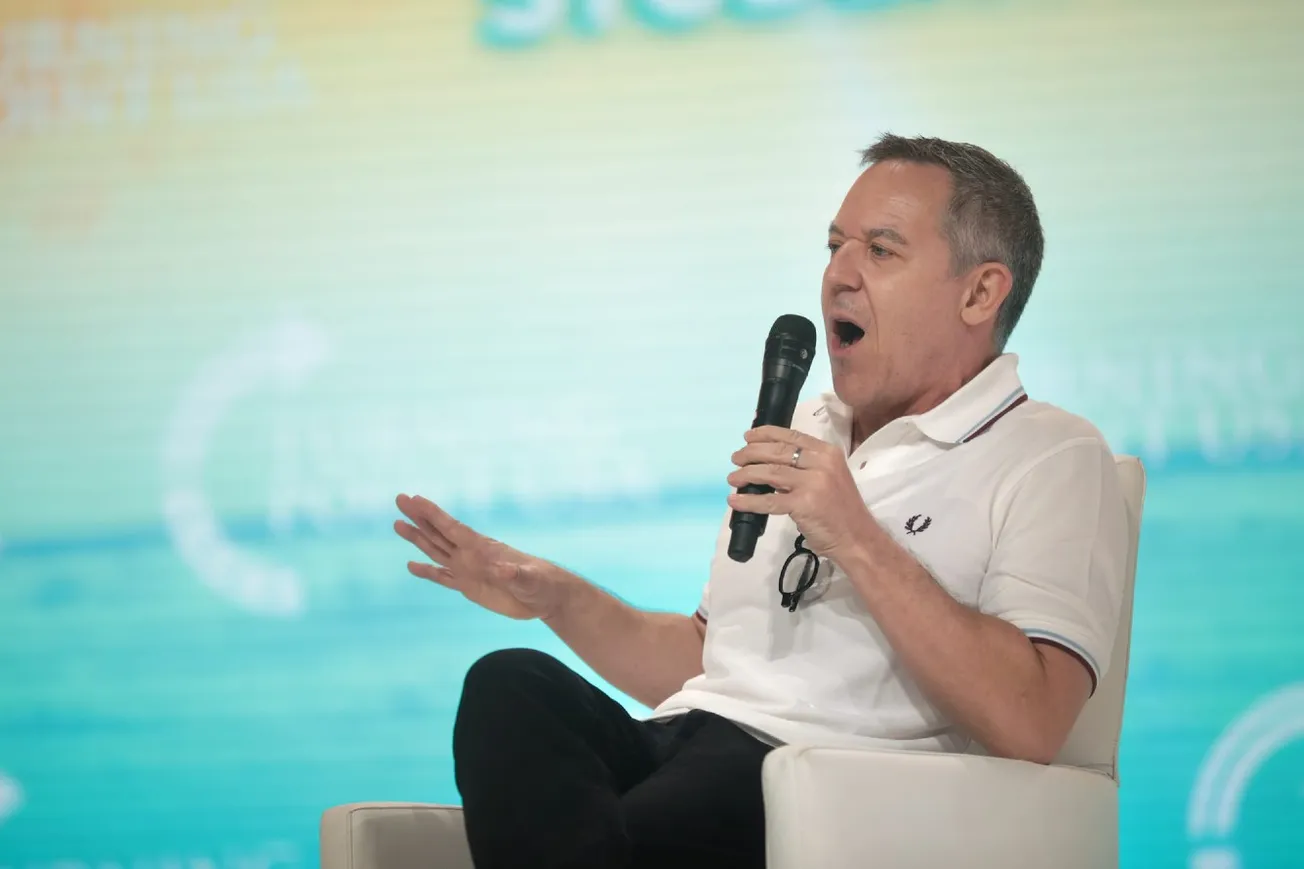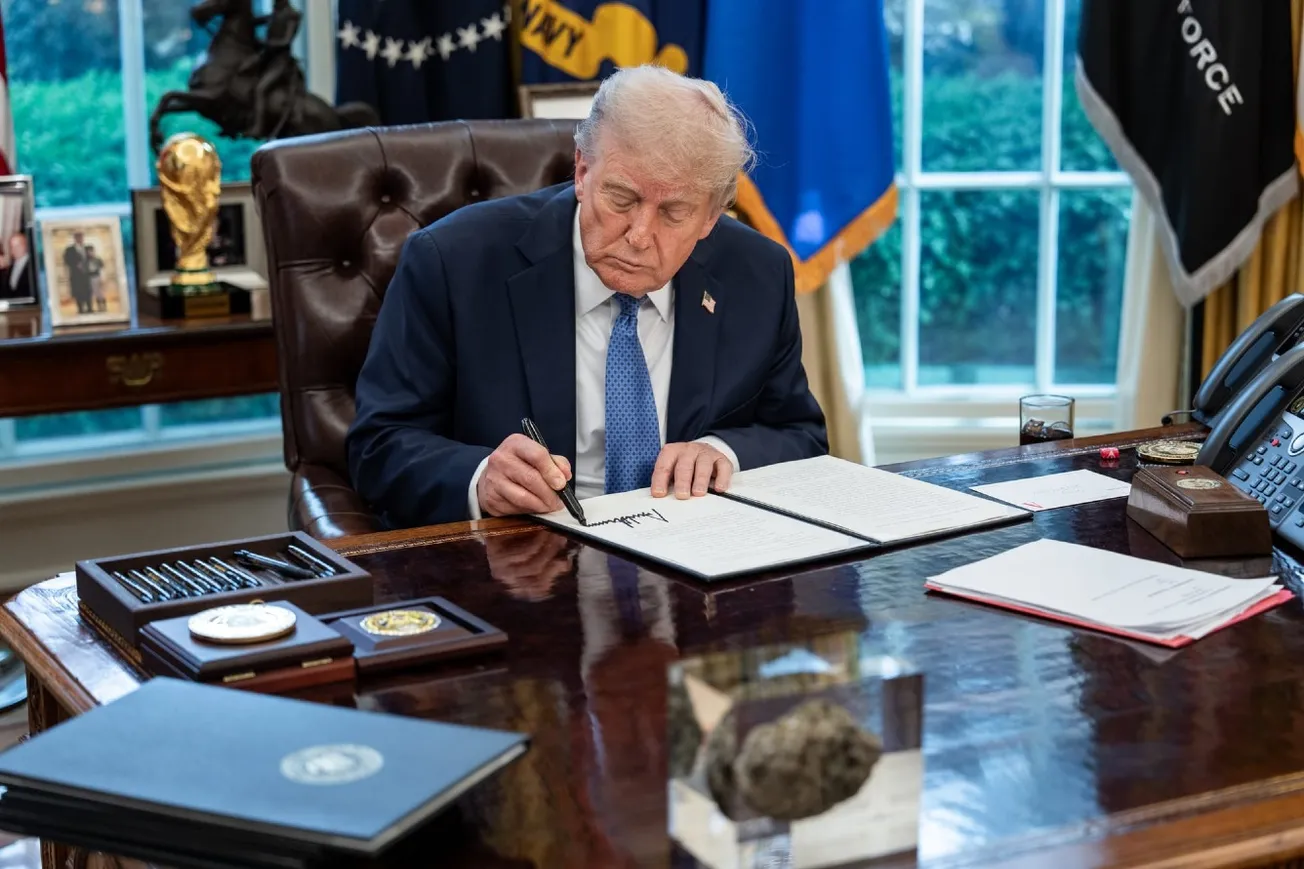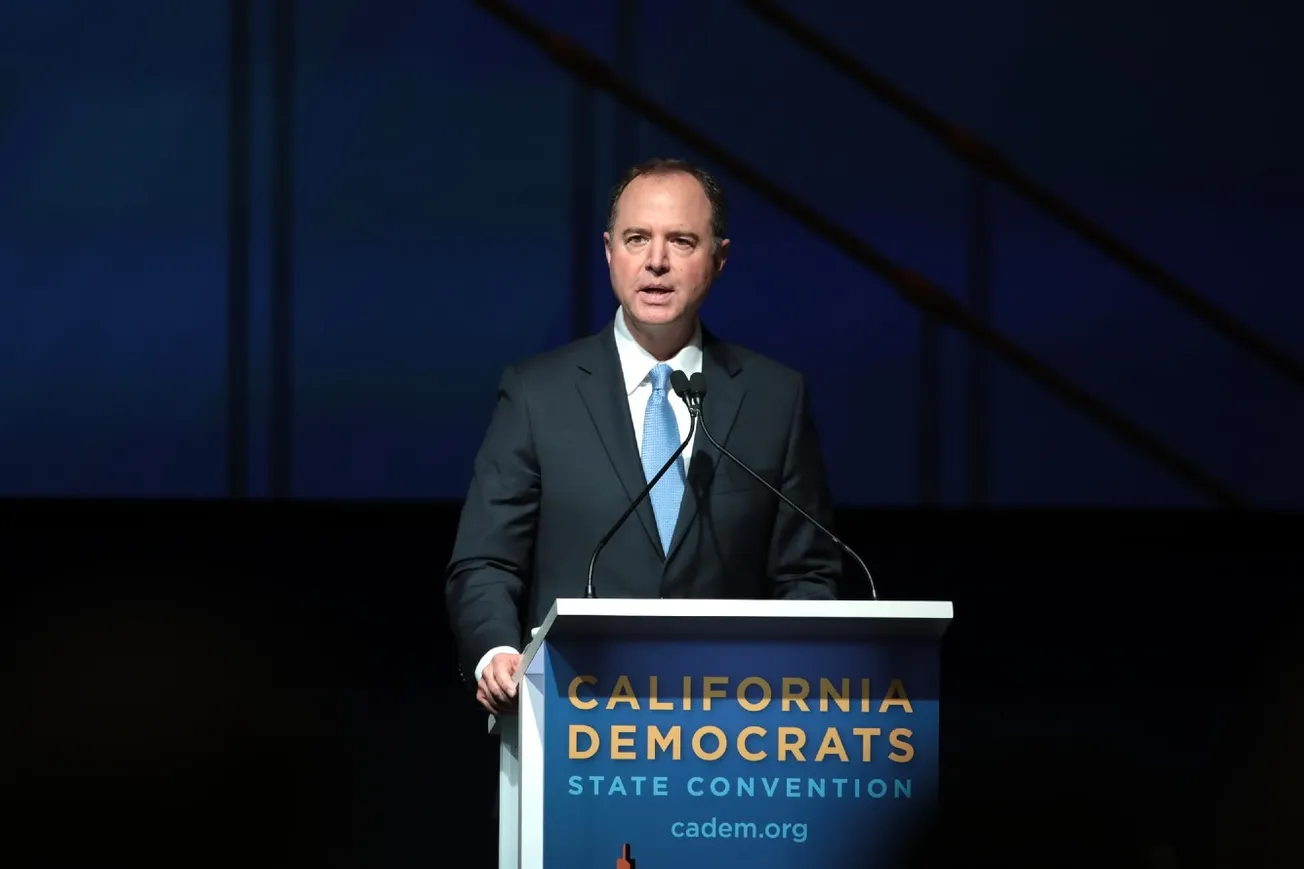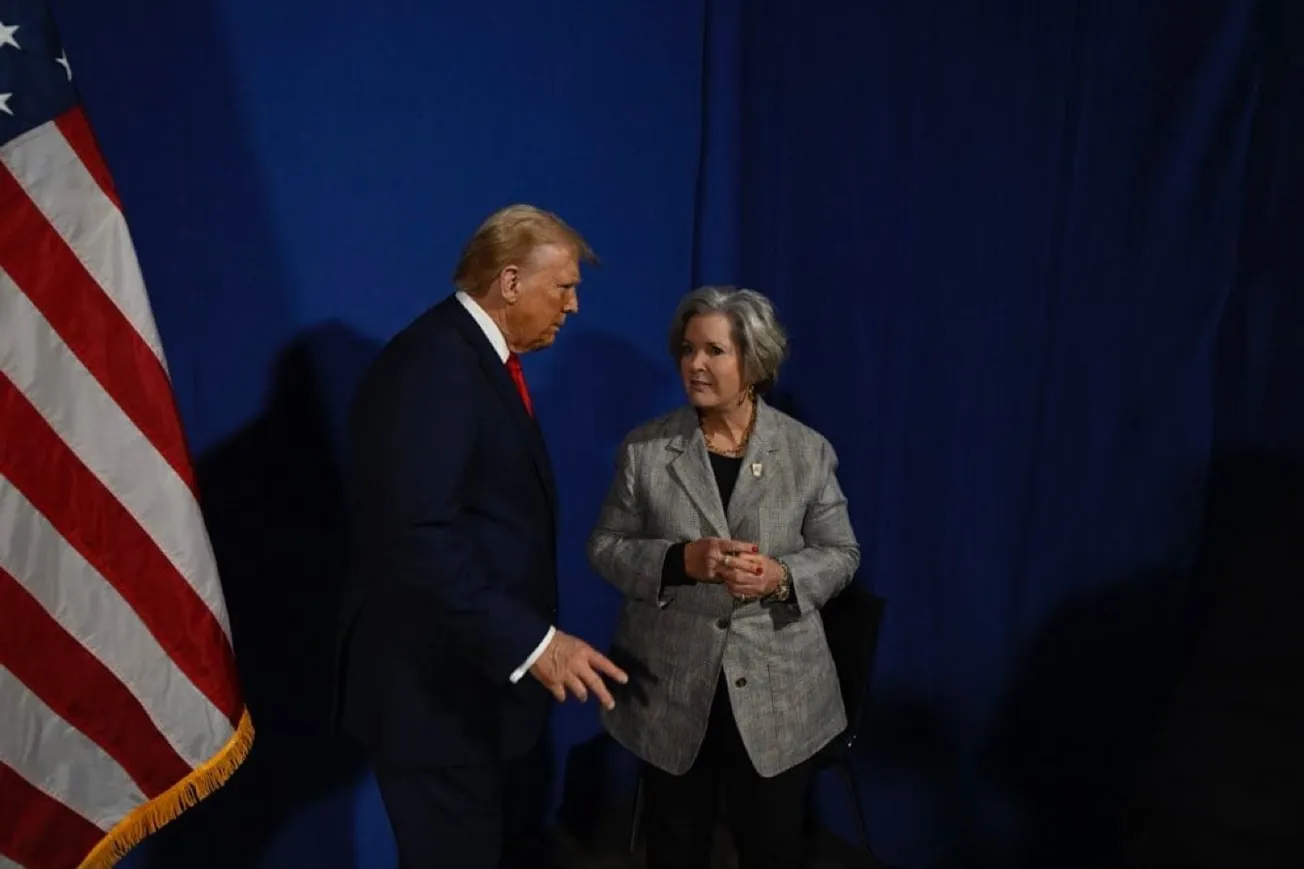Yes, it’s still very early in the nominating process, and both President Joe Biden and former President Donald Trump face daunting legal questions. Even so, both front-runners for the two major parties maintain comfortable, double-digit leads over their potential challengers. But what happens when the number of possible choices inevitably narrows? Then, the race for each party’s nomination changes considerably, the latest I&I/TIPP Poll shows.
As in past months, we asked Democratic voters who among a list of 18 (which includes a choice of “someone else”) they would support for the nomination of their party. The online nationwide poll of 1,230 voters was conducted from May 31-June 2, with the Democratic primary question having a +/-4 percentage point margin of error, vs. +/-4.6 percentage points for the Republican primary question.
Despite all his recent troubles over bribery allegations, shrinking favorability ratings, and accelerating signs of age-related mental difficulties, Biden still receives 37% of Democrats’ support. That’s 27 points greater than the next favorite, former First Lady Michelle Obama, at 10%.
After Obama, no candidate even gets into double figures, with Vermont Sen. Bernie Sanders at 9%, Vice President Kamala Harris at 6%, New York Rep. Alexandria Ocasio-Cortez at 5%, former Secretary of State and New York Sen. Hillary Clinton and California Gov. Gavin Newsom both at 4%, Massachusetts Sen. Elizabeth Warren, environmentalist and author Robert Kennedy Jr. and Transportation Secretary Pete Buttigieg all at 3%.
The remaining candidates all garnered 2% or less.

But an interesting thing happens when you narrow the choices to just Biden and the two newcomers who are often touted in the media as potential outside challengers: Kennedy, and author and politician Marianne Williamson. Then, Biden gets 68% support, compared to 12% for Kennedy and just 4% for Williamson, with 4% saying “someone else” and 12% saying “not sure.”
So, it seems fairly clear that, at least for now, Biden’s main competition will come from the established political names among his challengers, not from the edges or a surprise outside candidacy.

How about the Republicans? Trump, at 55%, maintains what appears to be an insuperable 36-point lead over his nearest bona-fide challenger, Florida Gov. Ron DeSantis, at 19%.
But after DeSantis, there’s a sizable drop-off to the next closest challenger, Trump’s former Vice President Mike Pence, at 6%, followed by former South Carolina Gov. Nikki Haley and current South Carolina U.S. Senator Tim Scott, both at 3%. Just behind them are entrepreneur-author Vivek Ramaswamy and New Hampshire Gov. Chris Sununu, both at 2%. For the record, Sununu announced last week that he has decided not to run.
The remainder of candidates, including former Arkansas Gov. Asa Hutchinson, current Virginia Gov. Glenn Youngkin, former New Jersey Gov. Chris Christie and political commentator and radio host Larry Elder all received 1% or less.

Two sidenotes: Christie announced on June 6 his plans to run, four days after the conclusion of this poll, which could affect his standing in future polls. And Trump was indicted on 37 counts of alleged mishandling of classified documents on June 8.
With those events in mind, given the huge gap between Trump and the field, the I&I/TIPP Poll asked voters of all parties whom would they prefer to see run against Biden in the 2024 election, Trump or DeSantis?
Trump was chosen by 41%, DeSantis 32%, while 27% said they were “unsure.”
The party breakdowns are telling: 30% of Democrats said they would prefer Trump, while 64% of Republicans and 32% of independents picked the former president. DeSantis was supported by 37% of the Democrats, but just 27% of Republicans and 32% of independents, the latter the same as Trump.
So Trump’s edge, when it comes to his own party, again appears insurmountable at this early stage of the nominating process. As it now stands, Republicans show far greater support for Trump than Biden’s Democratic supporters show for him.
This already has proved worrisome to many Democrats. They see potential challenges from the fringes of their party, most recently from radical academic Cornel West and Kennedy, who could eventually siphon enough votes from Biden to deliver the presidency to Trump once more.
As for Republicans, they fear more than anything a rigged election will make it nearly impossible for a GOP candidate, whoever he or she might be, to win a national vote.
Regardless of media and Democratic denials, there were clear improprieties in the 2020 presidential election, ones that shouldn’t be repeated this time around. They included ballot harvesting, “Zuckerbucks” provided by extremely wealthy corporate heads used to help administer local elections, often with the help of leftist NGOs, and efforts by the FBI and others in government to censor conservative content on social media as “misinformation.”
None of this is fanciful or made up.
Indeed, as noted recently by The Federalist, left-leaning investigative journalist Molly Ball of Time Magazine’s “Secret History of the Shadow Campaign That Saved the 2020 Election” revealed, among many other things (in her words), a “well-funded cabal of powerful people, ranging across industries and ideologies, working together behind the scenes to influence perceptions, change rules and laws, steer media coverage and control the flow of information.”
The point is, with the two top candidates facing daunting legal, political and health challenges, both parties have major reasons to be concerned about the outcome of the 2024 election before even the first primary vote is cast.
There are also demographic changes to be reckoned with. Both Medicare and Social Security have again become hotwire issues, especially among older voters. As a recent Pew Research poll noted, “The median age among all registered voters increased from 44 in 1996 to 50 in 2019. It rose from 43 to 52 among Republican registered voters and from 45 to 49 among Democratic registered voters.”
Will older voters, who vote at much higher rates than other groups, decide this election? Or will it be Gen Z voters, those born after 1996, who will call the shots in 2024?
Then there are the 37 federal charges leveled against Trump, which could lead to more than 100 years in prison. They have led to a surge in campaign donations, likely not what Democratic Party officials hoped to see.
Meanwhile, evidence of possible bribery of Biden by both Ukraine and China have mounted, along with the stark fact that, like Trump, he too held onto classified documents at his private office and home.
Yet, as of now, both still comfortably lead polls in their respective parties. Will that last?
I&I/TIPP publishes timely, unique, and informative data each month on topics of public interest. TIPP’s reputation for polling excellence comes from being the most accurate pollster for the past five presidential elections.
Terry Jones is an editor of Issues & Insights. His four decades of journalism experience include serving as national issues editor, economics editor, and editorial page editor for Investor’s Business Daily.
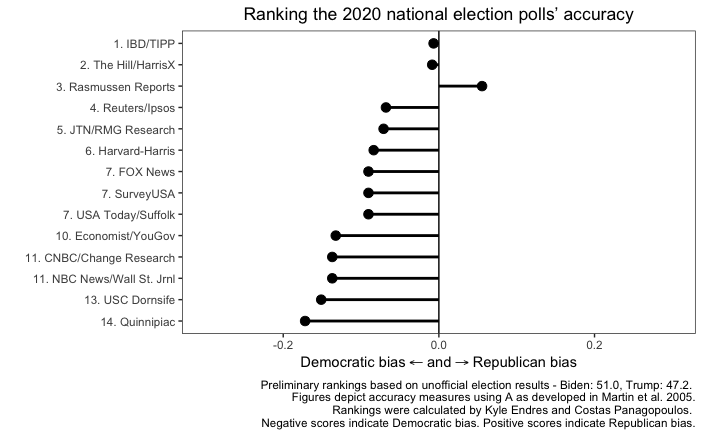
Hey, want to dig deeper? Download data from our store for a small fee!
Like our insights? Show your support by becoming a paid subscriber!
ICYMI
Our Editorial Yesterday:
Trump Should Attack Smith's Crime-Fraud Exception Strategy

Editor's note: Our article is a good primer on attorney-client privilege that will be talked about in the coming days.

